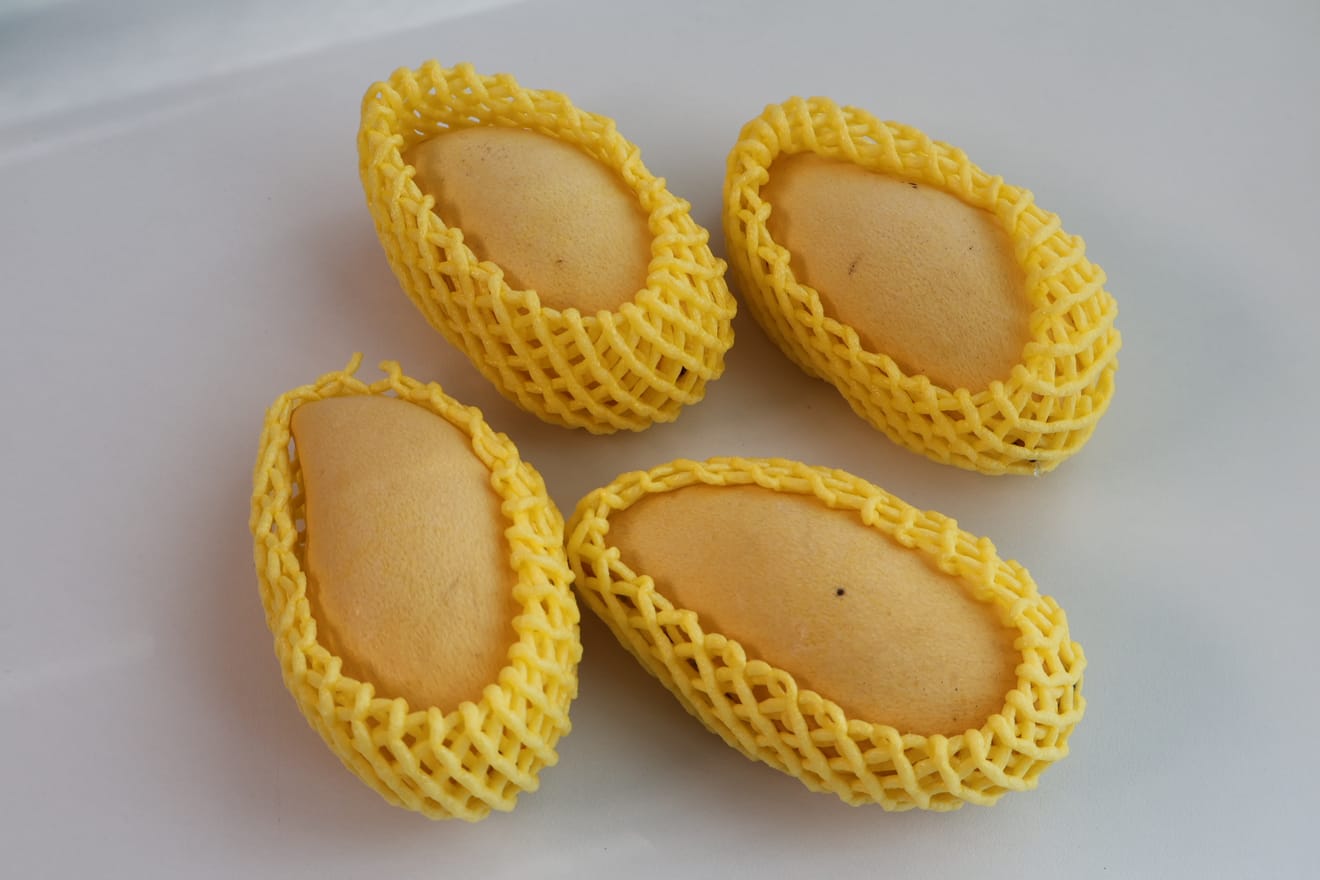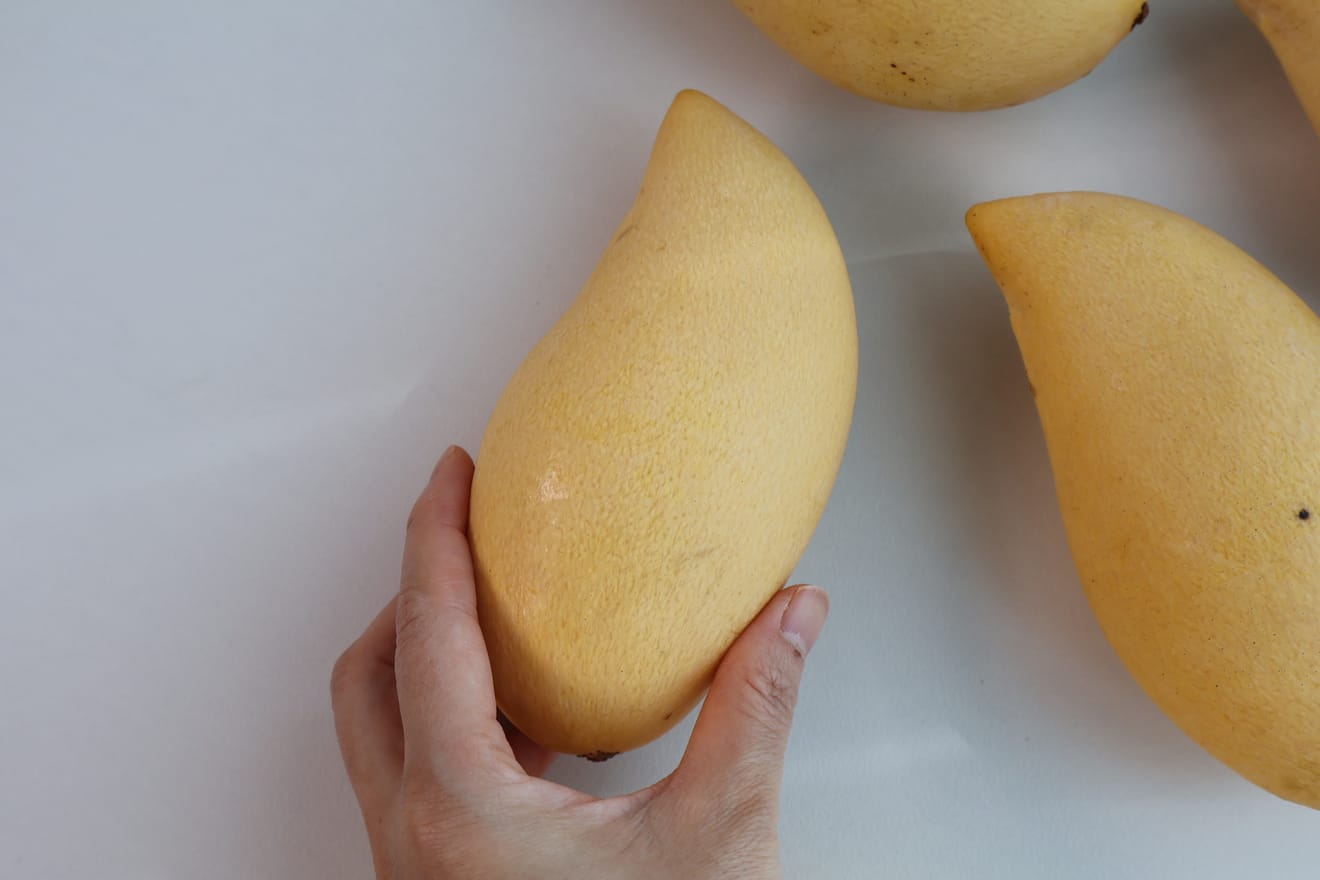How to Ripen Mangoes, Mango Storage and Eating Methods
Mangoes are quite expensive fruits in South Korea. However, recently, due to the surge in apple prices, tariffs on imported fruits were lowered, making them temporarily affordable. I was able to purchase mangoes for about 1,000 to 2,000 won each during this period and enjoyed them immensely. While familiar to younger generations, mangoes may still be unfamiliar to some, leading to a sense of unfamiliarity. In this post, I'll introduce how to ripen mangoes, storage methods, and how to eat them.
Mango Ripening

Mangoes are a typical climacteric fruit. While in Southeast Asia, they are harvested ripe, in South Korea, they are imported unripe. Unripe mangoes have a bitter and sour taste, so the ripening process is essential. To ripen mangoes, simply leave them at room temperature. After a few days of storage at room temperature, the yellow skin will deepen, small black spots will appear, and the fruit will feel slightly soft to the touch. If overripe, black spots will become larger and more numerous, similar to bananas, so it's best to consume them at the right stage.
Mango Storage

When storing mangoes, those intended for immediate consumption can be kept at room temperature. For mangoes to be consumed over a few days, refrigeration is recommended. However, mangoes have delicate flesh, and stacking them can cause them to bruise, so it's best to store them in their original packaging in an orderly manner. Even when refrigerated, it's advisable to consume them as soon as possible. If you can't finish all the mangoes, you can separate the flesh and freeze it. Frozen mangoes are great for smoothies and juices.
How to Eat Mangoes
Mangoes have a large seed in the center. Cut along both sides of the seed and eat only the flesh. The cut flesh can be scored and flipped for an attractive presentation. The mango seed contains allergens, so those with sensitivities should avoid it and consume only the flesh. You can also cut the mango in half lengthwise and twist it to separate the seed. This creates a cup-like shape, making it convenient to scoop and eat with a spoon.
Comments0